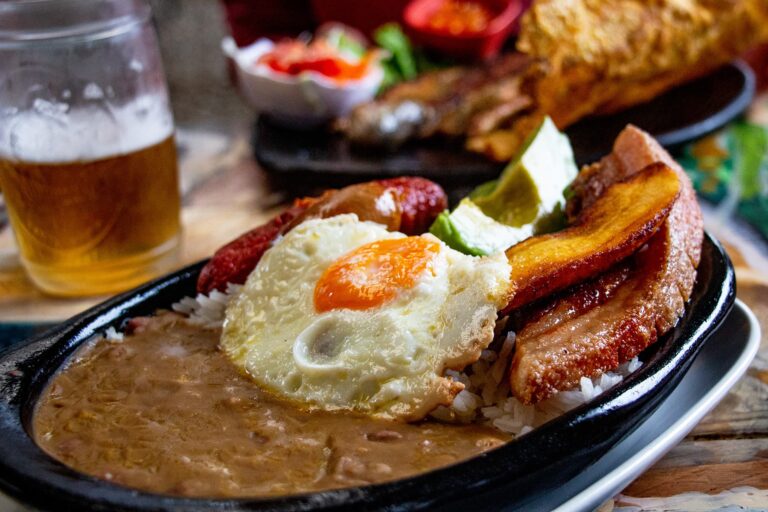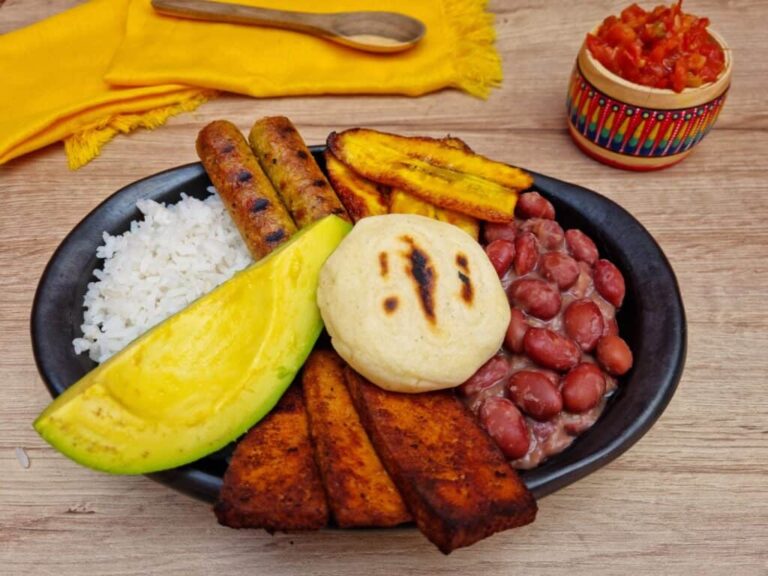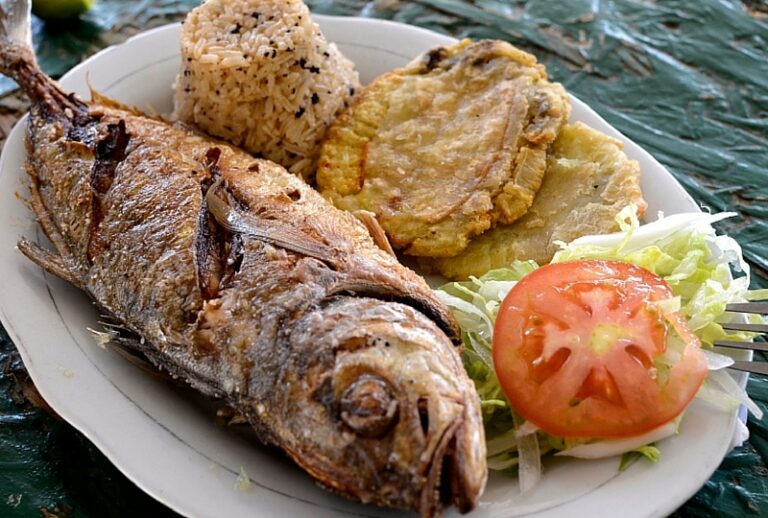Introduction: Colombian Cuisine
Colombian cuisine is a colorful and diverse combination of flavors, spices, and ingredients that have been influenced by indigenous, European, and African cultures. A typical Colombian dish usually consists of a protein, a starch, and vegetables, all cooked together with aromatic herbs and spices. Colombian cuisine is famous for its hearty and filling dishes that reflect the country’s rich history and cultural traditions.
Rice and Beans: The Staple of Colombian Cuisine
Rice and beans are the foundation of Colombian cuisine and are often served as a side dish or mixed together to create a hearty meal. In Colombian cuisine, rice is usually cooked with onions, garlic, and spices, while beans are cooked with onions, tomatoes, and cilantro. The combination of rice and beans creates a complete protein that is a staple of many Colombian diets.
Arepas: The Colombian Corn Cake
Arepas are one of the most popular Colombian dishes. These delicious corn cakes are made from ground corn, water, and salt, and are usually grilled or fried until crispy. Arepas can be eaten plain, with butter and cheese, or stuffed with meat, vegetables, or eggs. Arepas are a versatile dish that can be eaten for breakfast, lunch, or dinner, and are a great option for vegetarians and vegans.
Plantains: The Versatile Fruit
Plantains are a staple ingredient in Colombian cuisine and are used in a variety of dishes. Plantains can be boiled, fried, or mashed to create a base for many traditional Colombian dishes. They can also be used to make tamales, soups, and stews. Plantains are a versatile fruit that adds a sweet and savory flavor to many Colombian dishes.
Aji: The Essential Colombian Sauce
Aji is a spicy Colombian sauce made from chili peppers, cilantro, onions, and lime juice. This sauce is an essential ingredient in many Colombian dishes and is used as a condiment or marinade. Aji adds a spicy and tangy flavor to dishes and is a must-try for anyone traveling to Colombia.
Tropical Fruits: A Burst of Flavor in Colombian Dishes
Colombia is home to a wide variety of tropical fruits that are used to add flavor and sweetness to many dishes. Some of the most popular fruits used in Colombian cuisine include mango, papaya, guava, and pineapple. These fruits are used in salads, desserts, and as a topping for meat dishes. Tropical fruits add a burst of flavor and freshness to Colombian cuisine.
Meat: The Protein-rich Component of Colombian Cuisine
Meat is a protein-rich component of many traditional Colombian dishes. Beef, chicken, pork, and fish are all popular types of meat used in Colombian cuisine. Meat is often marinated in spices and herbs before being grilled or stewed to create a rich and flavorful dish. Colombian cuisine is known for its hearty meat dishes that are perfect for filling up after a long day.
Conclusion: The Diversity of Colombian Cuisine
Colombian cuisine is a unique combination of indigenous, European, and African culinary traditions that have been shaped by the country’s history and cultural diversity. From rice and beans to tropical fruits and spicy sauces, Colombian cuisine offers a wide range of flavors and ingredients that are sure to delight any food lover. Whether you’re a fan of meat, vegetables, or seafood, there’s something for everyone in Colombian cuisine.








